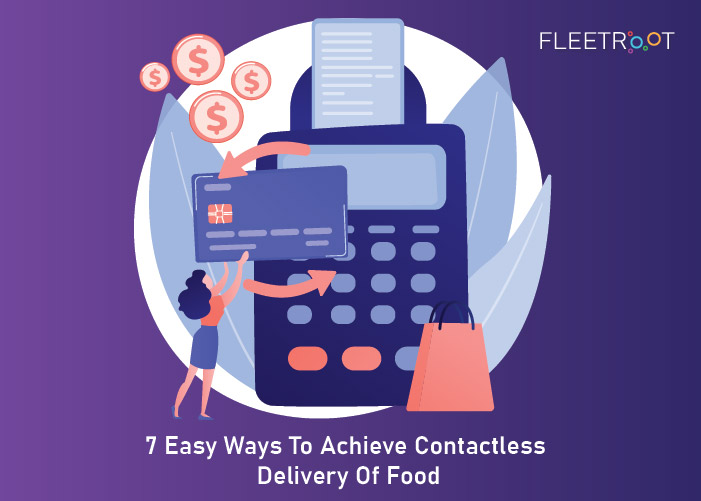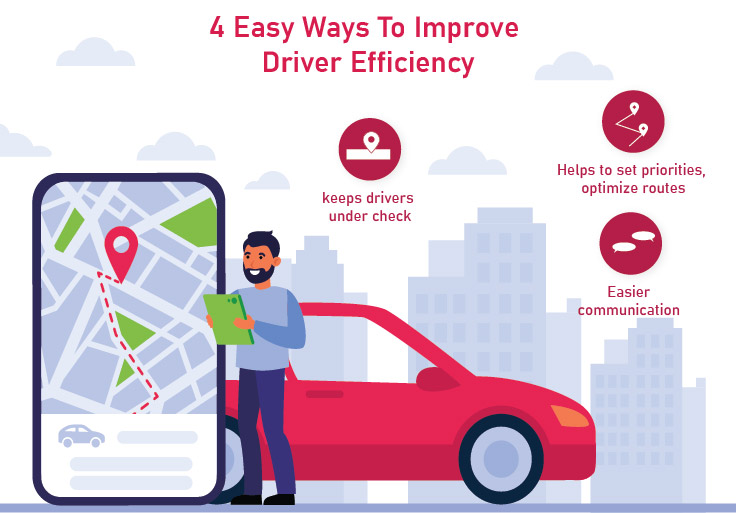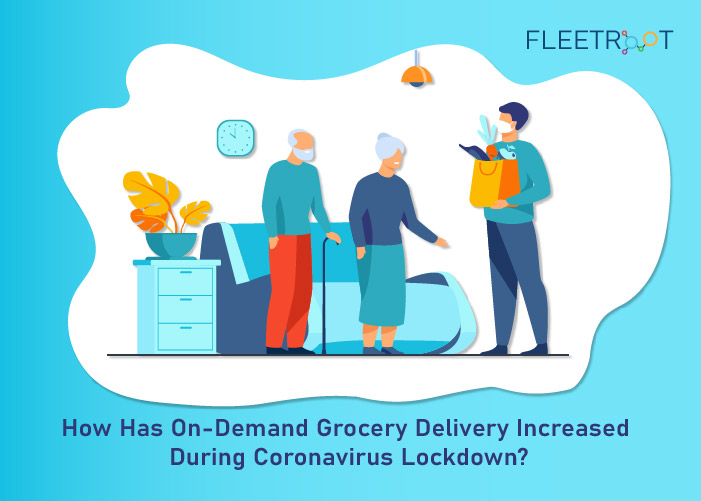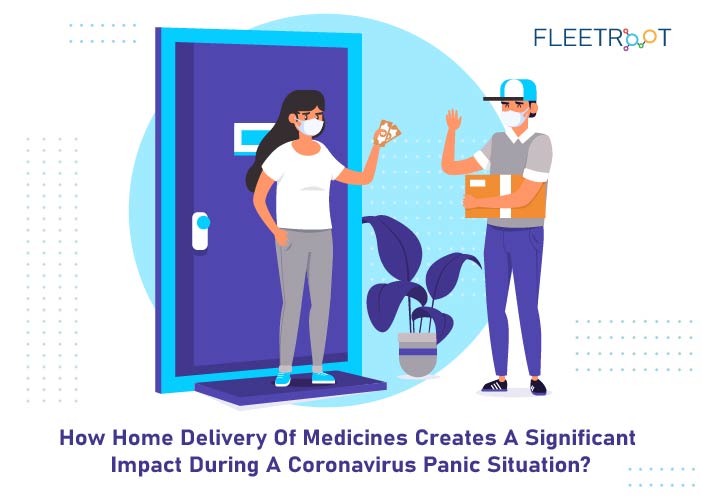How to achieve contactless delivery of food, assets, and paperless documents is what every logistics company is striving for during the COVID 19 pandemic to prevent direct transmission of the virus from the driver to the customer or vice-versa.
1. Due to COVID 19, the world is limiting itself to be in physical contact with other humans or keeping a safe distance from them.
With the incorporation of this new habit, businesses also need to adapt to, the delivery needs to be contactless or be limited to as least contact by humans during logistics.
This has many benefits health-wise and on business while ensuring the availability of the products being sold by the business to all the consumers.
This is a challenge presented to the engineers. The implementation has already begun with the transporting of food and other packages without making physical contact with the end customer.
2. To begin with, the customer chooses no contact delivery option while placing the order. Once the order is processed and ready for dispatch, the delivery person is informed about the contactless delivery requirement of the customer.
While placing the order, the customer gets the paperless receipt. During transit, the customer is able to track the movement of the live order.
This feature enables the customer to get the latest update on the location of the food and the estimated time of arrival. Once at the point of delivery, the person informs the customer and leaves the package at the place instructed to him.
This helps the customers to receive the order even when they are not present at the address while ensuring safety, physical distancing, and absence from the location.
3. One of the key components of contactless delivery is secured payment. Without the surety payment providing products to the customers is not the risk businesses want to take.
To incorporate this, many financial organizations have committed to providing a safe and secure payment with a paperless automated receipt sent to the recipient.
With assured payment methods, businesses that are located even in remote locations are able to open themselves to the whole world.
Receiving the order online and dispatching the product becomes contactless and the supplier and the customer both get to track the money as well as product.
4. Freedom to receive the product without being physically present is not only the need of the hour but also a much-needed feature in the logistics business.
This lets the customer receive the package while they are away from the location thus implementing contactless delivery. While the customers would have needed to step out during the time of delivery, they don’t have to miss the package.
Upon confirming with the customer, the package can be left at a secured location at the delivery address as guided by the customer.
This feature is of great value to customers who face a shortage of time and need to perform multiple activities in today’s fast-paced multi-tasking world.
5. The contactless delivery has presented an opportunity for evolution in the role of driver. The conventional driver has been trained to pick up and deliver packages while performing all the documentation required to close the shipment case.
This is a growth curve in the role of a driver who needs to adapt to the change in the delivery method. This makes the drivers more customer-focused as they interact with the customers directly (a positive change in the logistics industry welcomed by all).
The drivers or delivery executives are also trained to handle the devices used to mark the package and use the applications to record the delivery.
Compliance with the company policies and safety while making the delivery contactless are the main factors to be maintained by the delivery personnel as they represent the company.
6. Technology-driven companies have brought in the use of handheld devices to complete the delivery. These let the companies know the route, the exact position of the delivery person, the status of package (if it has been delivered or not), information about the customer’s reachability, how many attempts were made to contact the customer, etc.
These data can provide an ample amount of information about the steps taken to deliver the package. This can help the companies make changes in their business policies or their practices to enhance customer experience or optimize delivery.
7. Data privacy is a factor every logistics company needs to work on as the delivery people have access to data and if not protected, it can fall in the wrong hands or a competitor’s hands.
Since the data moves between the companies (order fulfilling company and logistics company) there must be a strict policy in place with regards to usage, sharing, and transfer of data.
Data accessibility has to be defined based upon the roles of the employees and measures should be in place to prevent an accidental breach of data.
Also, as a part of business continuity, the operating procedures must be in place to prevent any accidental breach if it happens. This ensures the privacy of data and assures customers of data safety. This also shields the businesses of any troubles (legal or financial).
Conclusion:
From the above, we could summarize the different aspects of contactless delivery of food and other products, the players involved, and the risks associated with it.
With the technological advancements, the future reveals many exciting opportunities, the challenges and the solutions to them.
While the implementation has already begun of contactless delivery of food and other products with paperless acknowledgment of the payment performed securely, the future will witness the evolution and enhancement of this mode of business that will give rise to multiple aspects each with their own benefits and shortcomings.
How would you like to explore the contactless delivery?
Track Your Deliveries With The Best Delivery Management Software




